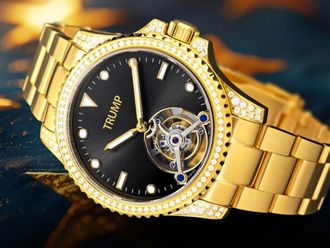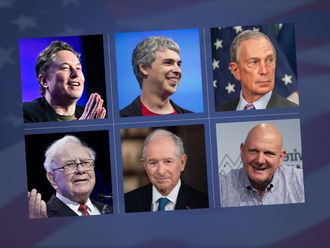
The most expensive purse in the world is a unique bag created by Japanese jewellery house Ginza Tanaka. It only costs $1.9 million…so it shouldn’t be surprising that it is encrusted with diamonds (208 carats to be exact) and made of platinum. And if that’s not enough indulgence, the strap and clasp can be detached and worn as a necklace and brooch.
Wondering why on earth anyone would pay as much for a bag that they will probably not even wear most of the year? The answer is simple: Because they can.
The Ginza Tanaka purse, with its astronomical price tag, denotes an unattainable exclusivity that no longer embodies the essence of “luxury” in today’s world. In the past decade, the growing middle-class and explosion of e-commerce have rendered the luxury market more mainstream, making highly desirable ‘prestige’ items increasingly accessible.
But serving the mass and maintaining a luxury cachet can be pretty challenging.
While many still feel that owning a trademark brown and gold Louis Vuitton monogram denotes the epitome of luxury, the perception of this across the affluent is slowly changing. This has a ripple effect which deeply alters consumers’ perceived value of luxury brands, and was one of the key contributing factors behind LVMH’s second “hand bag war”, this time with Hermes.
Hermes believes itself to be one of the last bastions against the industry’s descent into “masstige”. While Hermes continues to focus on exceptional artisanal work with most of their bags still being hand stitched and 43 per cent of the workforce employed in production, the same cannot be said about LVMH.
LVMH continues to focus on optimisation of production resulting in just 15 per cent of its workforce actually in production.
Logo heavy designs from mega brands have further contributed to the growing trend of mass consumption luxury. While these were once popular in glorifying brands, today they are regarded as a sign of excess — not exclusivity.
New breed of consumers
But logos alone are not the only culprits. The explosion of digital media is another key driver of this democratic relationship with luxury. Online shopping has changed the rules of exclusivity and created a new breed of consumers. Gone are the days of longing for that item to be available in your market.
Nowadays, anyone in the world can purchase a luxury item no matter where they live or what social class they belong to. In the online space, a brand’s strong values of exclusivity no longer apply.
Making sure that many more people know the brand than those that can afford to buy it is key to creating luxury aspiration. However, online distribution has actually led to the ultimate dilemma for marketers. What was once exclusive is now accessible but accessible without the intended luxurious experience.
At the same time, emerging markets have transformed the longstanding profile of the wealthy — redefining the luxury consumer and his/her lifestyle. An example of this is the evolving taste of Chinese consumers to more understated designs from niche labels such as PPR’s Bottega Venetta and LVMH’s Celine.
In January, Louis Vuitton launched a logo-free campaign for their Alma bag with Chinese celebrity Fan Bingbing in a bid to drive exclusivity for the brand and also limited store openings to just one in Shanghai.
In Mena, we have yet to witness brands taking such drastic measures. Visible logos are still a priority for the first-generation Arab status seekers. The uber-rich continue to be influenced by global trends; they pursue expensive designs made out of rare skins or textures and enjoy personalised products tailor-made to their heritage.
Arabs love customising their luxury goods as it enables them to express their individuality and personal identity. Global brands have thus started responding to this trend; Versace and Hermes have both created luxury Abayas which are immensely popular among Emirati women.
To celebrate Eid Al Fitr, Emporio Armani launched two special edition items exclusively for the Middle East: a T-shirt for men and a metallic-gold leather handbag for women.
Luxury is also expanding from traditional categories to non-traditional categories of hospitality, travel and fine dining. Armani recently opened its flagship café and hotel in Dubai’s Burj Khalifa. Global names such as Nobu, Zuma and La Petite Maison have also opened.
Lastly, Versace and Fendi, in conjunction with Damac Properties, have launched fashion residences in Lebanon, Saudi Arabia and the UAE.
The rules of engagement are changing in the world of luxury. It is no longer just owning prestigious items; consumers now want to truly experience the journey and make it their own. We live in an era of democratised luxury; this, essentially begs the question: Is exclusivity dead or do people really want what they can’t have?
— The writer is the human experience director at Starcom MediaVest,












